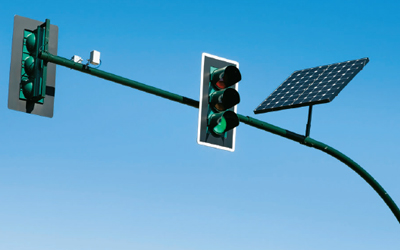What is Carbono Positivo
Goal
Shared by all concepts
Counteract
the Carbon Footprint
Concepts
Carbon Credits
Carbon credits are a mechanism for stabilizing GHG (Greenhouse Gas) emissions.
Each credit is equivalent to one ton of carbon dioxide that has been released into the atmosphere.
They are used to make it easier to calculate the amount of gases released into the air and to offset their emission.
These credits are distributed among the main GHG emitting companies and, by law, they are obliged to issue an amount that is equal to or less than the amount of credits they hold. However, these bonds can be bought and sold.
Carbono Positivo
Carbono Positivo status is achieved by generating more energy than is consumed by creating an energy surplus from renewable energies.
It is about «decarbonizing» by avoiding carbon emissions through renewable sources (wind, solar, hydroelectric) and advancing in the storage of renewable energy.
For large companies, achieving the goal of ‘carbono positivo company’ means advantages such as lower operating costs and greater flexibility in terms of energy supply.
Carbono Positivo provides more relief to the atmosphere than we pollute.
Carbono Neutro
Carbon neutrality, or zero carbon footprint, refers to achieving zero net carbon dioxide emissions by balancing the amount of carbon dioxide released into the atmosphere with an equivalent amount removed from the atmosphere or fixed by plants, or by purchasing sufficient carbon credits. The term “carbon neutrality”, or carbon neutral, is used in the context of processes associated with carbon dioxide emissions, such as transportation or energy production using fossil fuels (coal, oil or natural gas).
The net amount of energy generated is equal to the net amount of energy required by the object or building.
Where can we find it
Generating
Solar Urban Furniture
Traffic lights, street lights and solar road signs have an integrated photovoltaic system that captures solar energy during the day.
The energy produced not only serves to satisfy the energy demand of the element itself (signs, kiosks, canopies), but is also capable of satisfying the energy and connectivity needs demanded by the users of the urban space.
They are powered by non-polluting renewable sources. These elements are designed to produce energy where it is demanded, avoiding its transportation, a basic principle of environmental sustainability.


Solar Urban Furniture
Traffic lights, street lights and solar road signs have an integrated photovoltaic system that captures solar energy during the day.
The energy produced not only serves to satisfy the energy demand of the element itself (signs, kiosks, canopies), but is also capable of satisfying the energy and connectivity needs demanded by the users of the urban space.
They are powered by non-polluting renewable sources. These elements are designed to produce energy where it is demanded, avoiding its transportation, a basic principle of environmental sustainability.

Vivienda GeoSolar®
100% environmentally friendly home, capable of generating Carbono Positivo, that is, producing more energy than it consumes.
Equipped with technology capable of generating photovoltaic solar energy and geothermal energy, this house achieves savings in electricity, heating and cooling never seen before.
These homes, capable of producing more clean energy than they consume, will be part of Positive Energy Districts (PEDs), where surplus energy can be shared and used for other individual or collective needs.
Positive Energy District
PEDs (Positive Energy District) are urban areas with near-zero net CO2 emissions, aimed at producing annual surpluses of locally generated renewable energy. In other words, these are neighborhoods whose houses generate more energy than they consume and share the energy surplus.
They are based on a high level of energy efficiency, in order to maintain an annual local energy consumption lower than the amount of renewable energy produced locally. And this is how Europe intends our cities to be in 2050.
Positive Energy District
PEDs (Positive Energy District) are urban areas with near-zero net CO2 emissions, aimed at producing annual surpluses of locally generated renewable energy. In other words, these are neighborhoods whose houses generate more energy than they consume and share the energy surplus.
They are based on a high level of energy efficiency, in order to maintain an annual local energy consumption lower than the amount of renewable energy produced locally. And this is how Europe intends our cities to be in 2050.